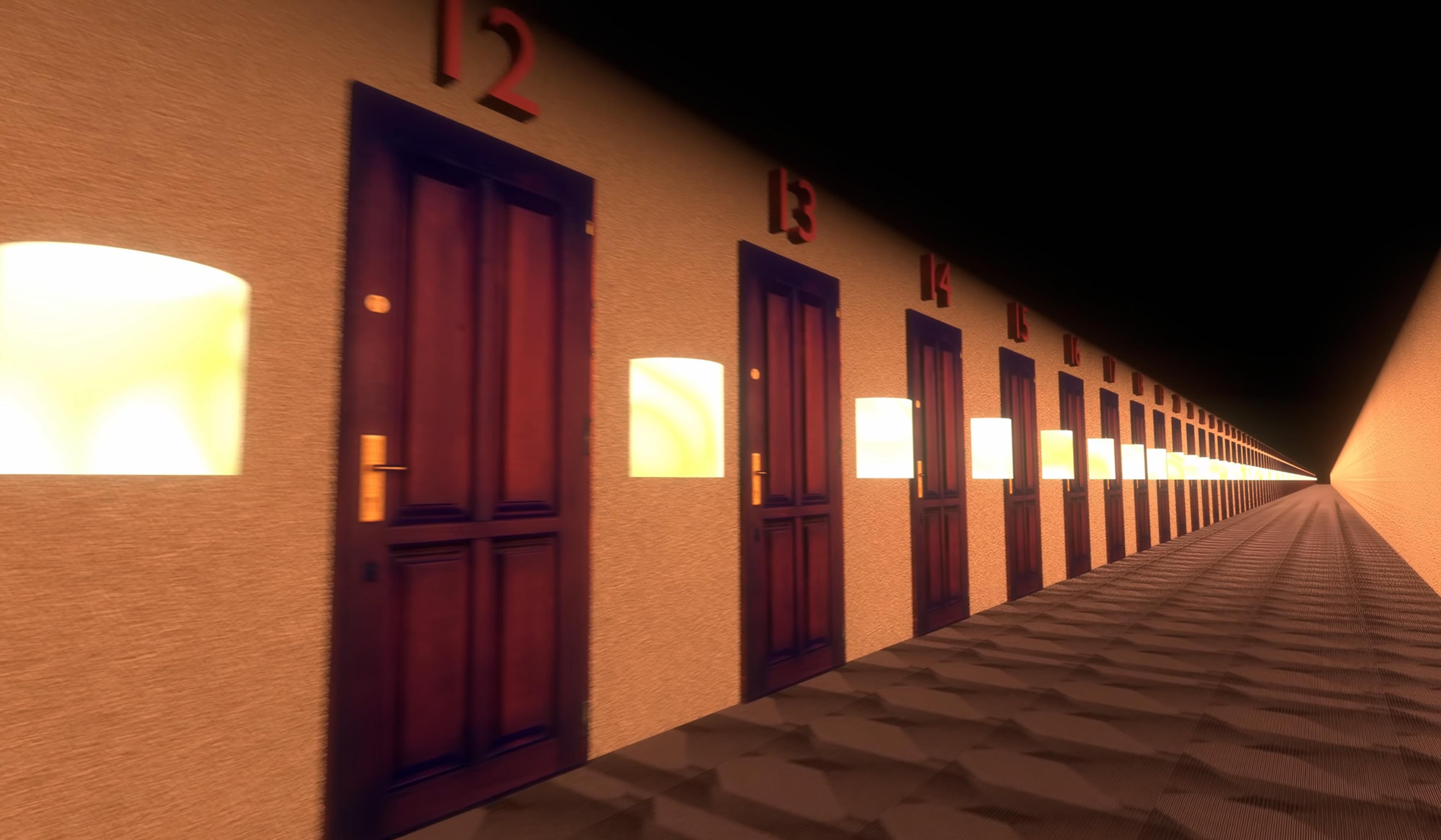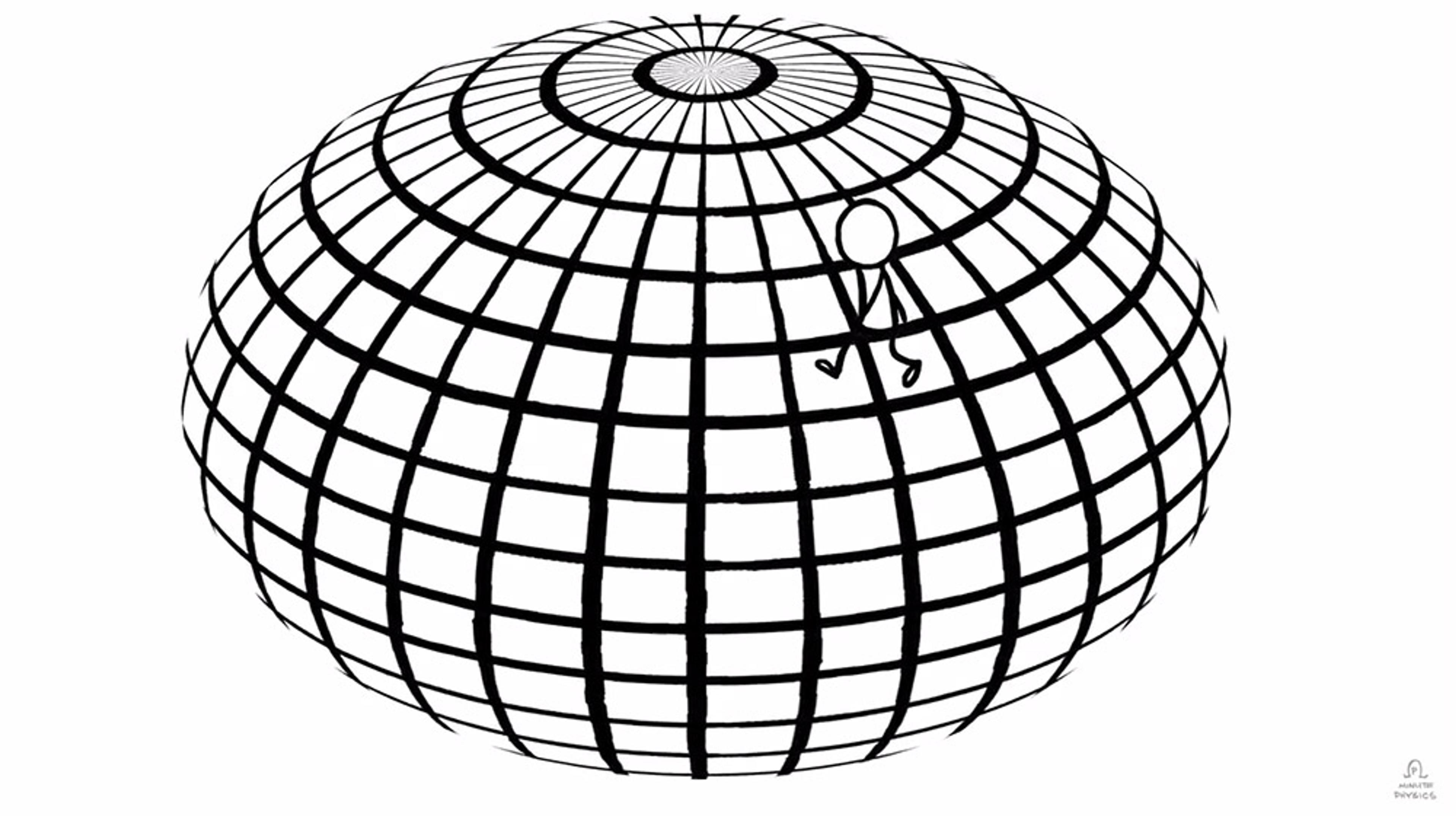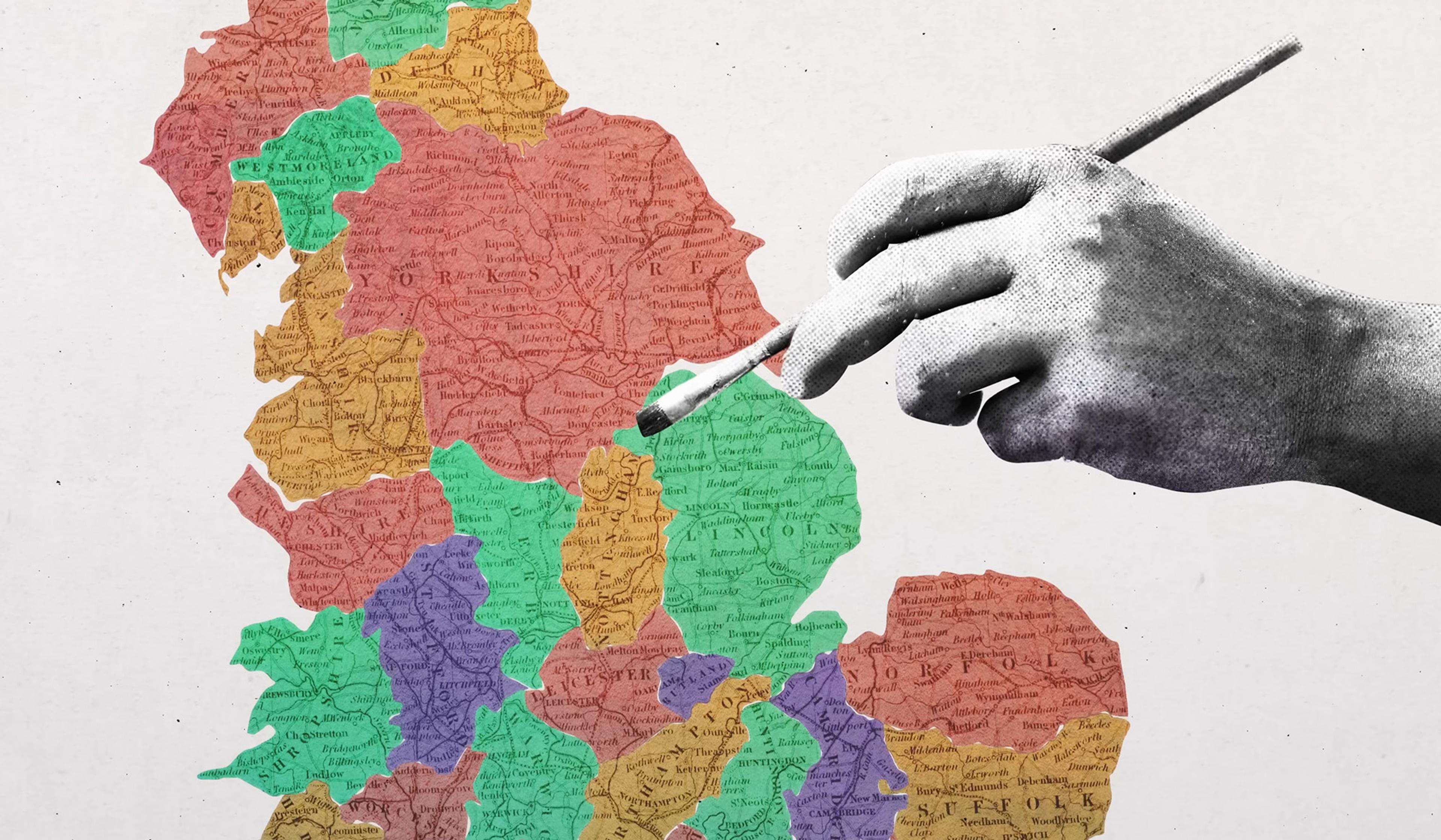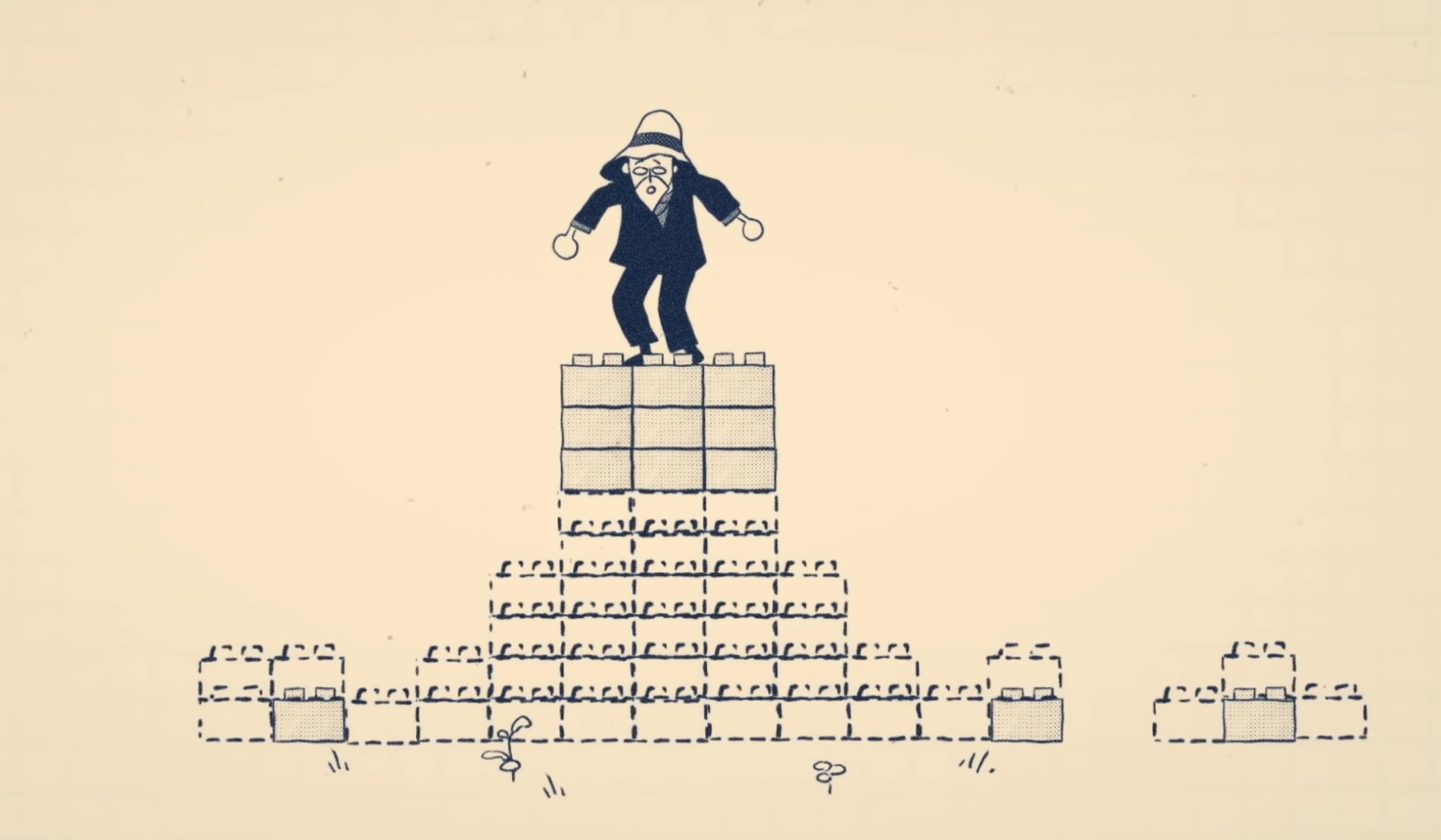First discovered by the Italian mathematician Giuseppe Peano in 1890, a space-filling curve can theoretically expand endlessly without its path ever crossing itself to fill an infinite space. In a computer display, space-filling curves are limited by the number of pixels on a screen, but watching these fractal constructions extend isn’t just hypnotic – it’s also a helpful (if somewhat imperfect) demonstration of the enigmatic concept of infinity. To learn more about the mathematics of space-filling curves, watch Hilbert’s Curve, and the Usefulness of Infinite Results in a Finite World, also by 3Blue1Brown.
Mesmerising fractals and space-filling curves give a window into infinity
Video by 3Blue1Brown
3 June 2016

videoMathematics
Check in to the Hilbert Hotel, and learn why some infinities are bigger than others
6 minutes

videoPhysics
Why the apparent flatness of space is an enduring cosmological mystery
4 minutes

videoMathematics
How a curious question about colouring maps changed mathematics forever
9 minutes

videoHistory of science
Ideas ‘of pure genius’ – how astronomers have measured the Universe across history
29 minutes

videoMathematics
How a verbal paradox shattered the notion of total certainty in mathematics
5 minutes

videoPhysics
Is it possible to design a shape to roll along any fixed path?
4 minutes


